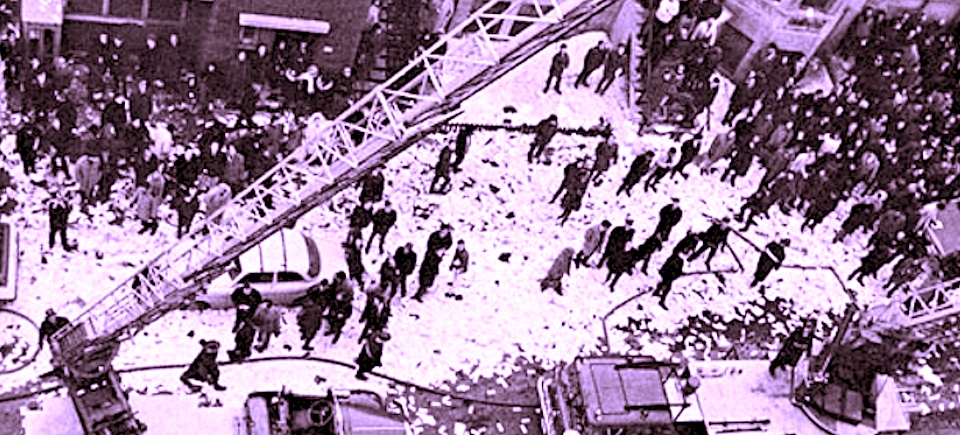
Ninth Floor: A Conversation with Selwyn Jacob
Ninth Floor: A Conversation with Selwyn Jacob
It was the late 60s and Montreal was still basking in the glow of Expo 67, its great moment in the international spotlight — and then came the biggest student uprising in Canada’s history.
The Sir George Williams Affair, as it came to be known, started quietly when a few Caribbean students at Sir George Williams University, which later merged into Concordia, lodged a formal complaint against one of their professors, accusing him of racism. But what began quietly would end in a violent and widely reported confrontation on the upper floors of the university’s downtown Hall Building.
Ninth Floor, a feature doc scheduled for release in late 2015, reopens the file on what is now seen as a watershed moment in Canadian race relations and campus politics.
A production of the NFB’s Pacific & Yukon Studio, it’s directed by Mina Shum and produced by Selwyn Jacob, whose longstanding interest in the story was the seed for the project.
Pictured below: Selwyn Jacob on set with Mina Shum and Senator Anne Cools.
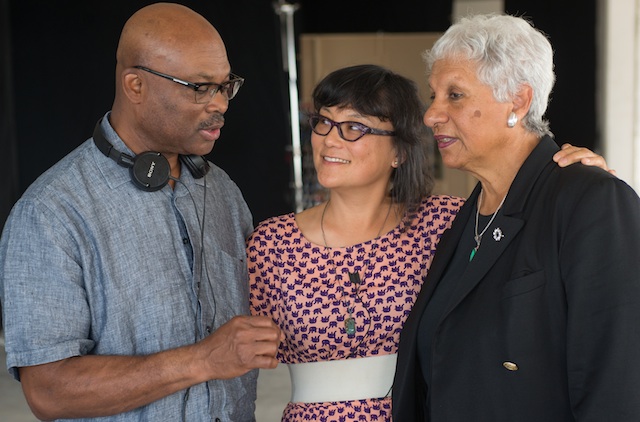 What are your personal memories of the Sir George Williams Affair?
What are your personal memories of the Sir George Williams Affair?
Selwyn Jacob: I remember it well. I was a recent immigrant from the Caribbean myself. I’d just arrived in Canada, and was studying at the University of Alberta at the time.
I learned about the events in a curious way, through one of my professors in Edmonton. I’d invited him to various Caribbean student events, and we’d become good friends. Then one morning, he turned to me in class and said, “Well, I hope we’re still friends.” I was puzzled by the remark, and it was only later, when I heard the news from Montreal, that I understood where his comment was coming from.
So I’ve always felt a direct connection to the story. A number of friends from my home village in Trinidad were studying at Sir George Williams at the time, and I could easily have ended up there myself. I’ve been hooked from the beginning, and I’ve been quietly collecting information on the event for decades.
How did the story come to the screen?
I’ve wanted to make this film ever since I became a filmmaker. At first, it was because of my own associations with the story, but as time went on I realized that the story could have resonance for all Canadians.
Then five years ago, at one of our programming meetings in the Pacific & Yukon Studio, I raised the idea again. At the time we were considering a film adaption of a new book about 1968, and it occurred to me that the Sir George Williams Affair was an interesting prism through which to look at that whole period in Canadian history. I was busy working on Mighty Jerome at the time, but I started researching the project in earnest.
Mina Shum came to the project a little later. The studio had wanted to work with her for some time, and then we crossed paths at the Whistler Film Festival, where she was sitting on the documentary jury. She wasn’t familiar with the history, but I gave her the basic facts, and she was immediately interested. We began a long a fruitful conversation about what kind of film it could be.
How has Mina approached the material?
She’s brought style and compassion to the project. She’s found her own authentic way of putting it onscreen, drawing upon her own immigrant background and her extensive experience as a feature film director.
She began by researching the archives, looking for an original point of entry. We got great cooperation from the Concordia University archives, where we unearthed some remarkable material, including footage that had been shot inside the university’s Hall Building at the height of the occupation. It was on an obsolete format, and had not been seen for decades, but once we managed to get it transferred, it provided vital new material for the editor.
Mina’s is a good listener: people want to tell her their stories. She was able to win the subjects’ trust, and to revisit a painful past that remains unresolved for many of them. She decided early on to avoid traditional recreations and obvious b-roll, and instead she interviewed people in stylized settings. She’s got a great sense of location, and we shot all over Montreal and Trinidad. In one winter sequence, we used Habitat, one of the buildings from Expo 67, and the effect is striking.
We know now that the student leaders were under pretty constant surveillance. They were being watched, and that fascinated Mina. She loves spy movies, and she makes intriguing references to the genre throughout the film, highlighting the uncertainty and paranoia that characterised the time.
Was it difficult to convince the surviving protagonists to participate?
Some subjects came on board immediately. They were more than willing to share their stories, but others took some convincing. They had all paid a huge price for the stand they took. They were taken to court, and some were deported. Their lives were completely derailed.
Some of them managed to move on and have happy and productive lives. They were a pretty remarkable group. Rosie Douglas, who was imprisoned and then deported, later became Prime Minister of Dominica. Anne Cools went on to become the first Black Canadian to be appointed to the Senate, and Rodney John has had a distinguished career as a psychologist.
But others never really recovered. Kennedy Frederick, one of the most fearless voices at the time, was deeply traumatized by the events. He features prominently in the archival footage, but he could not be interviewed for the film.
As fate would have it, Kennedy Frederick’s daughter Nantali Indongo still lives in Montreal. She’s an activist like her father, and also a musician. She’s a member of a musical collective called the Nomadic Massive, which makes a wonderful contribution to the film’s soundtrack.
Pictured below: Kennedy Frederick speaking at student assembly at Sir George Williams.
What has changed in Canada since 1969?
There’s no doubt that racism persists. There’s still lots of work to be done on that front. But Canadian society has evolved since 1969, and in many ways it’s a different country now. The fact that the National Film Board is producing this film — with Mina Shum as director and me as producer — is one important measure of how things have changed.
Directed by Mina Shum, Ninth Floor is produced by Selwyn Jacob for Pacific & Yukon Studio. It is scheduled for release in late 2015.
Pictured above: Nantali Indongo on set with Mina Shum.
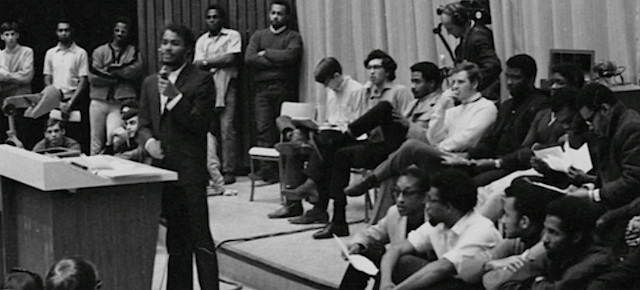
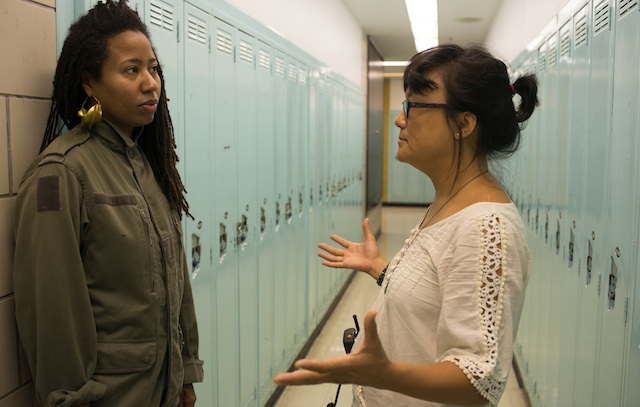

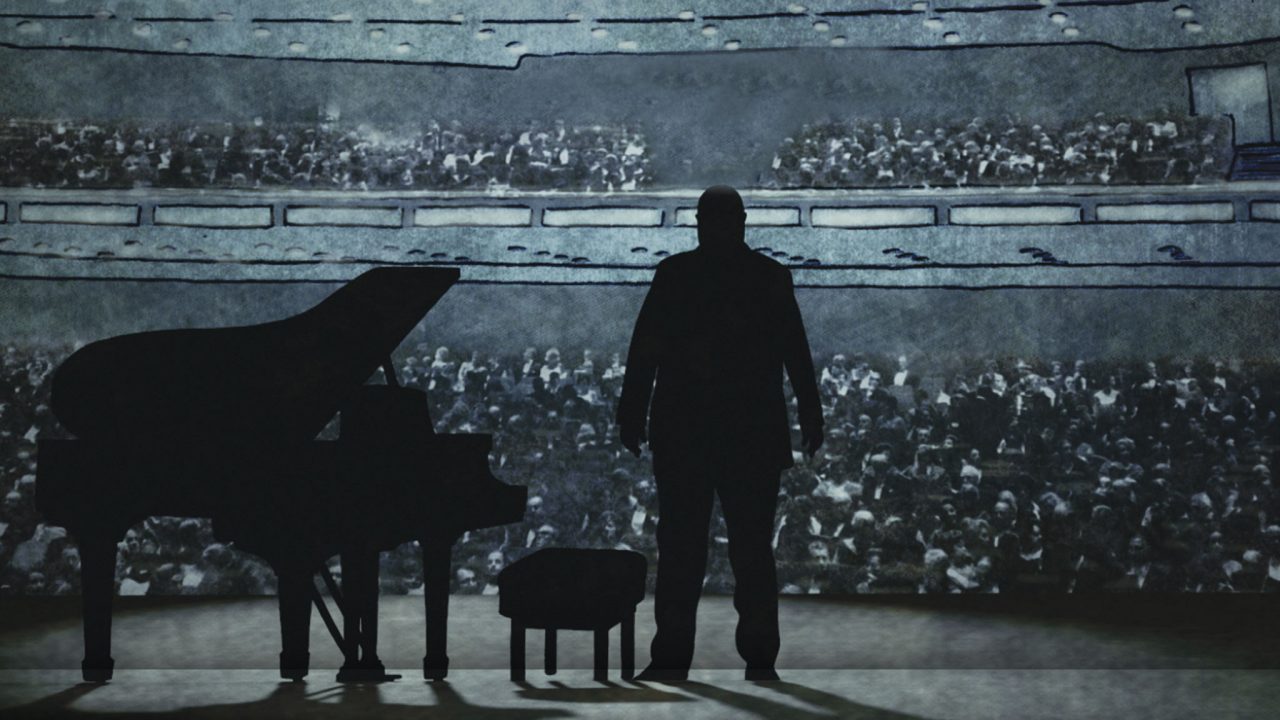
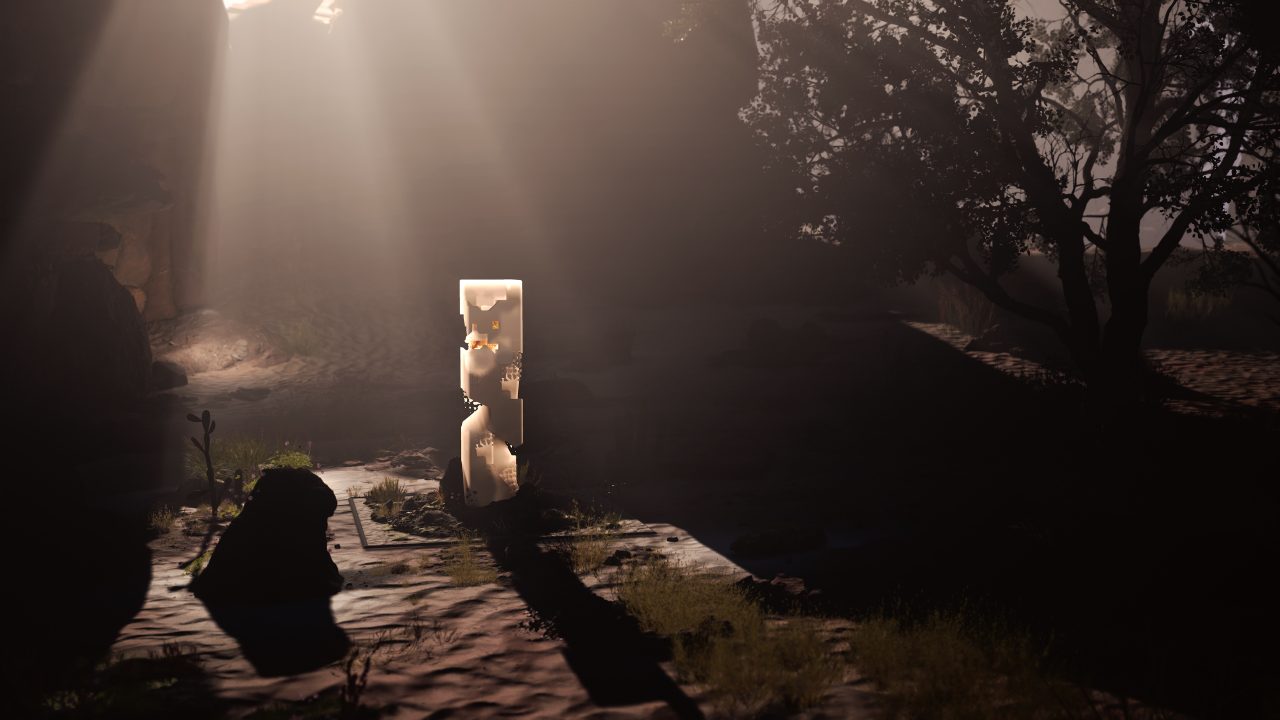
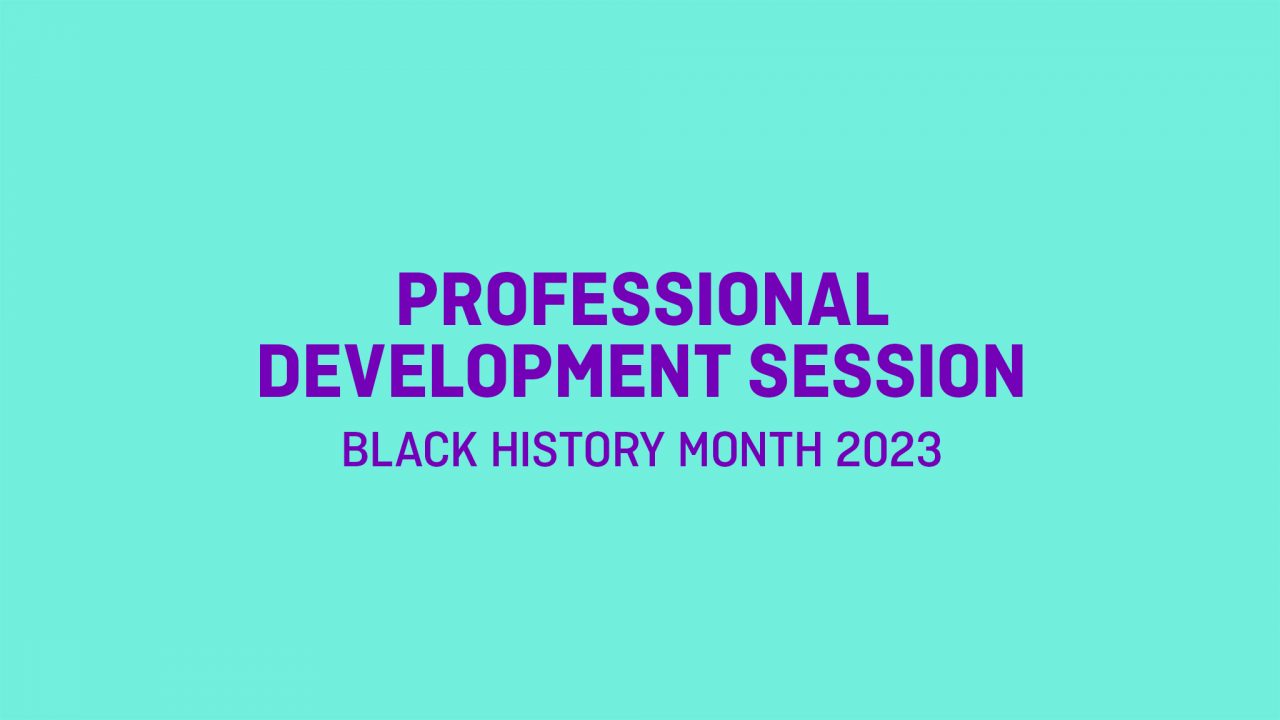
Just viewed the film. I know people who were on-site at the time. The allegations against Perry Anderson were clearly stated in the film but the fact that he was exonerated was basically left to the credits. You stated (above) that lives were ruined. What about Perry Anderson’s life? I would have expected a more balanced approach by the NFB.
Just shows you … Always blame the victimized he had power over these students lives and felt no qualms or compassion trying to derail their future. Karma he got what he deserved, got off easy
There had never been any complaints about Anderson prior to that one term, and I believe never were any after then. I very much doubt Anderson was in fact a bigot: no bigot ever changes that fast or with particular ease.
It is worth noting that Anderson was (I think, in 1974) given tenure and promotion to associate professor. It is extremely doubtful that he would have been kept if any solid evidence had subsequently emerged that he was in fact a racist. Certainly, everyone’s eye would have been on Anderson throughout the period of 1969 to 1974 — and also after then.
An error in this documentary, I think, is that it pays no attention to the second tribunal (save in that final note, as Pat Chone correctly points out). I don’t think it really interests Shum — despite the fact that it might well have established that Anderson did not in fact do it.
My late ex-husband was involved supporting the black students. He came home one night and said we have to hide a friend from the police. The friend was the late Rosie Douglas. I went to work the next morning and I think it was Peel St that looked like a ticker tape parade went on. A huge mess. The black students blamed FLQ supporters for the mayhem.
I hope to see this film. I was there I am in the picture of the students.
I was there.I participated and survived. I was designated financial and food provider, one of the owners of The Caribbean CoalPot.A grad of a SGWU etc
I had the pleasure of stumbling across this film in an Air Canada international flight. I was so proud to see your work and the story it tells. A moving and cinematically beautiful work. Congrats.